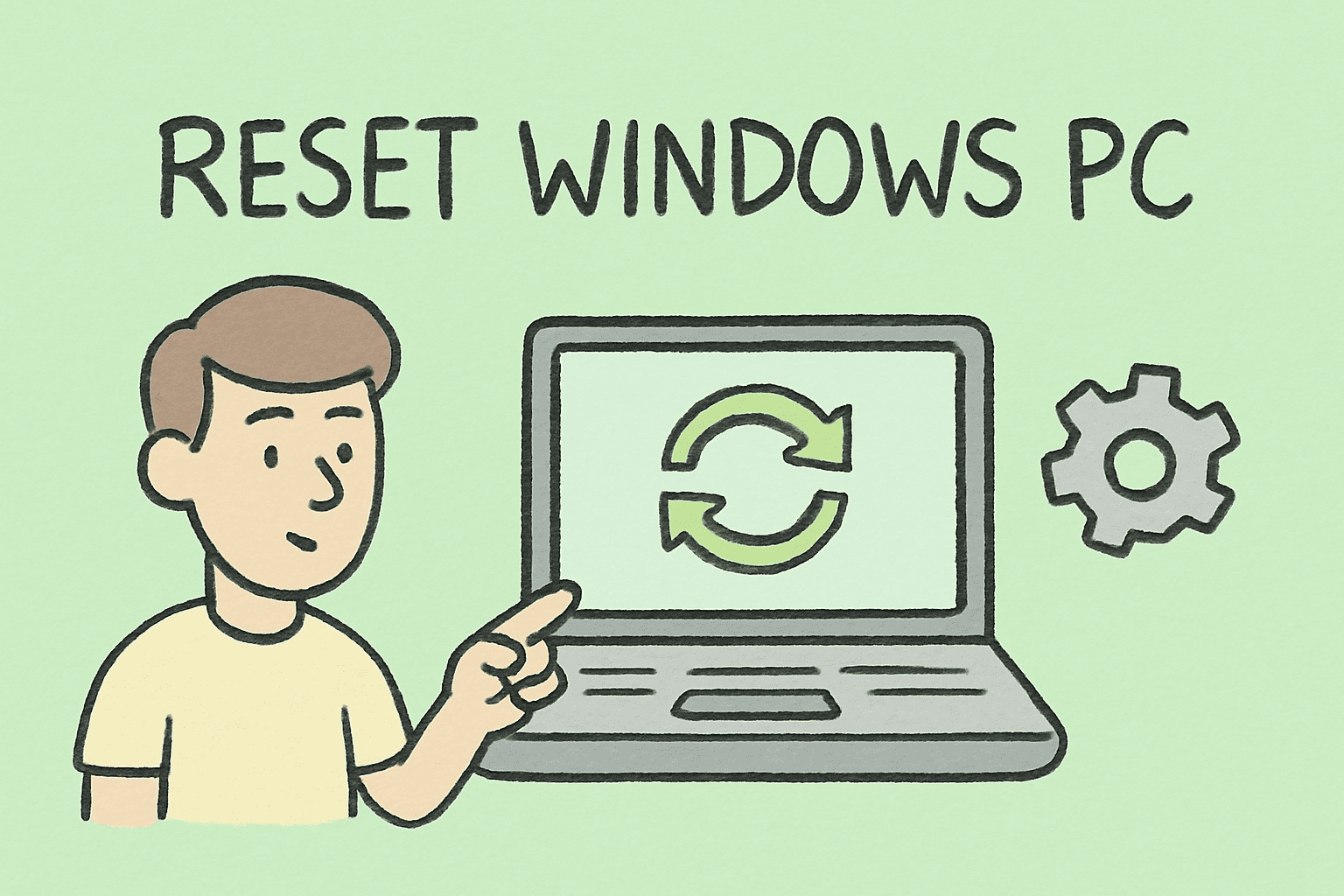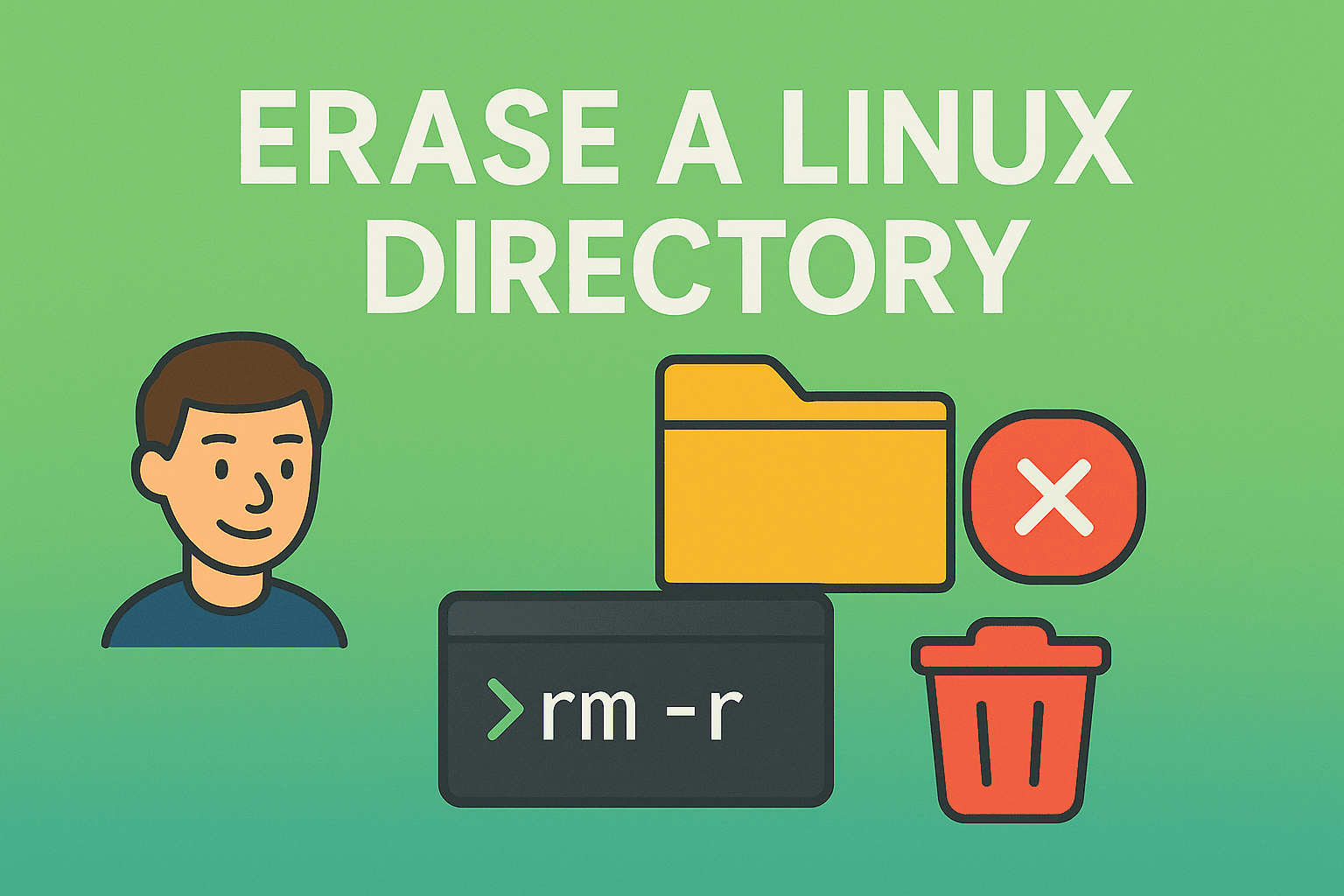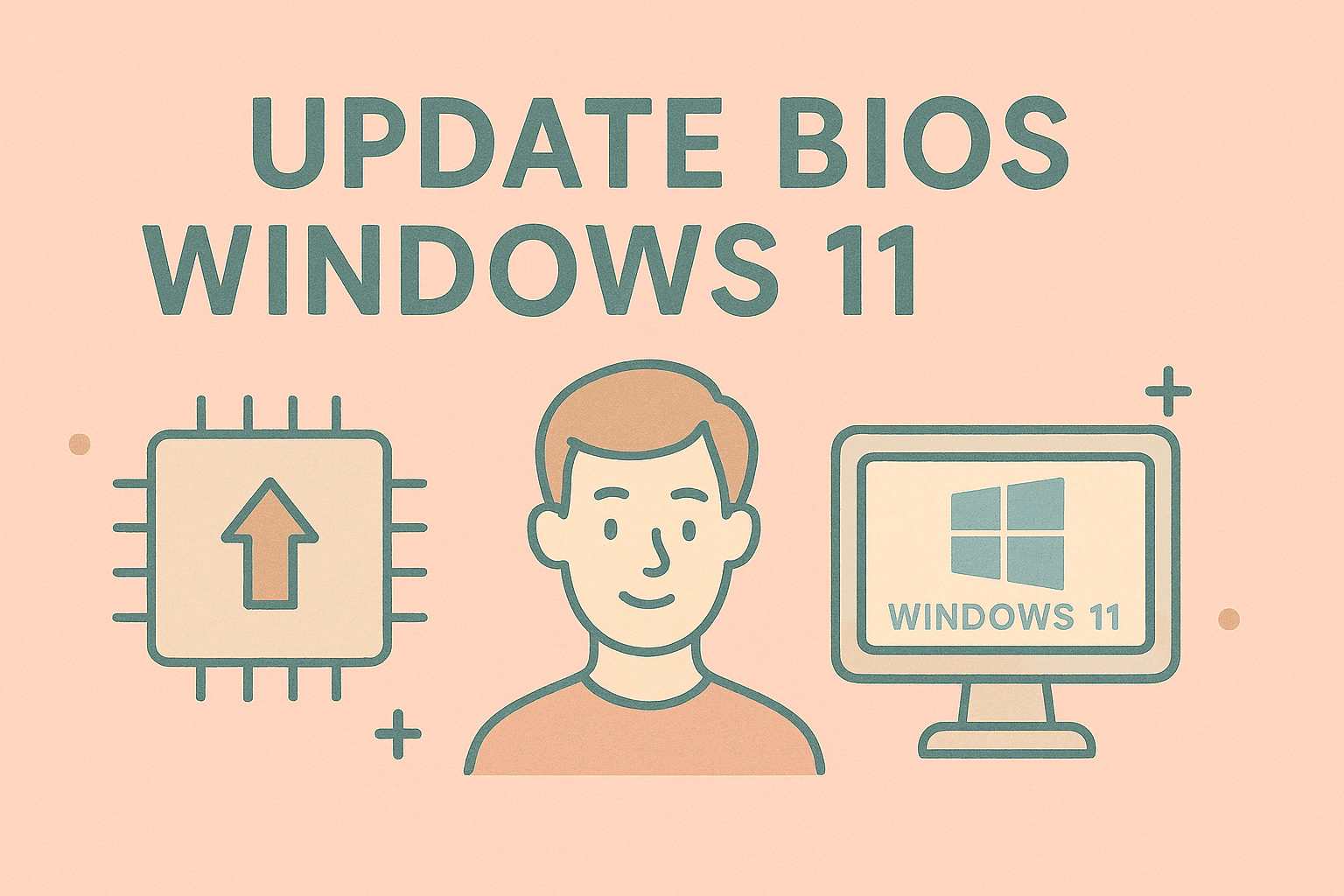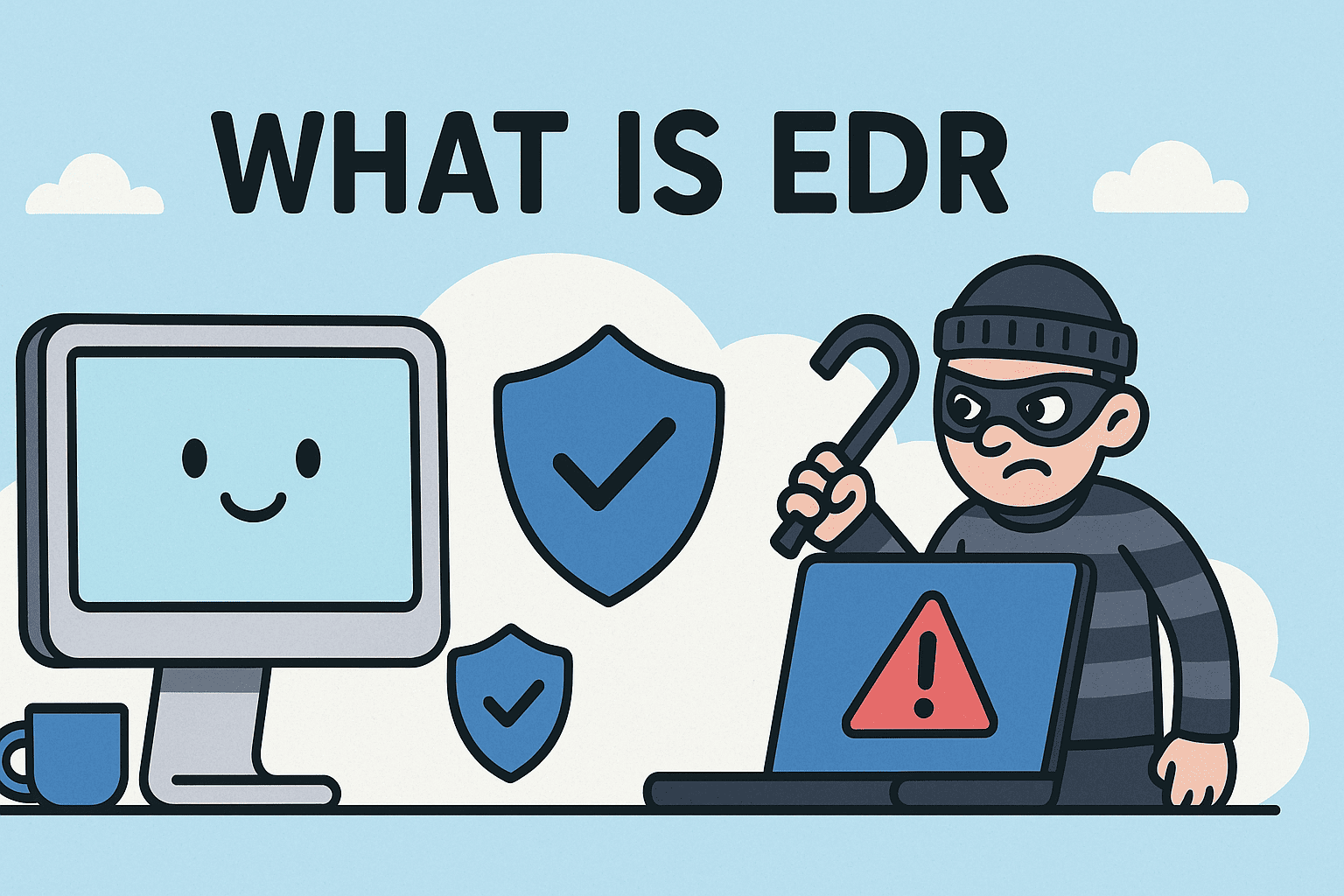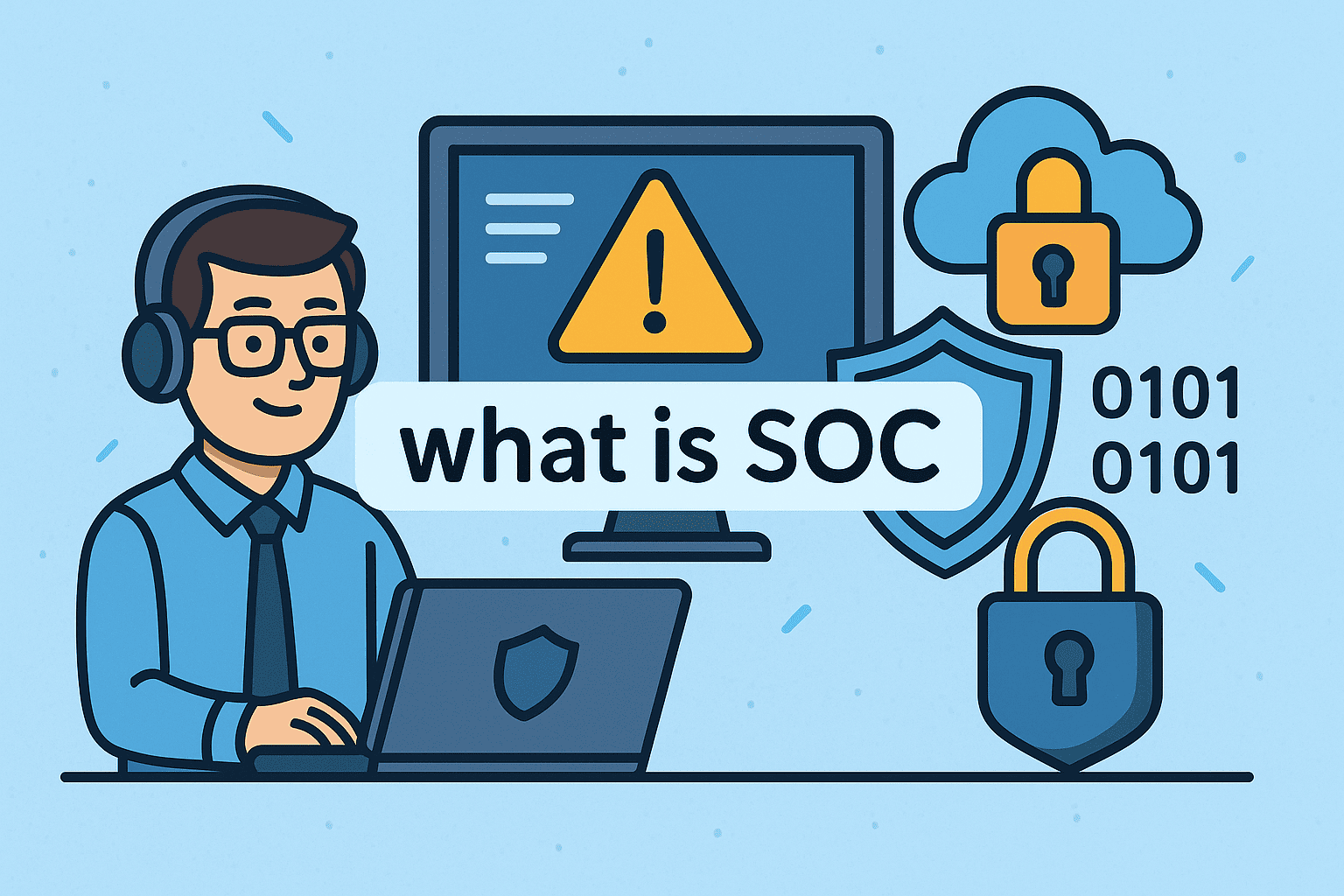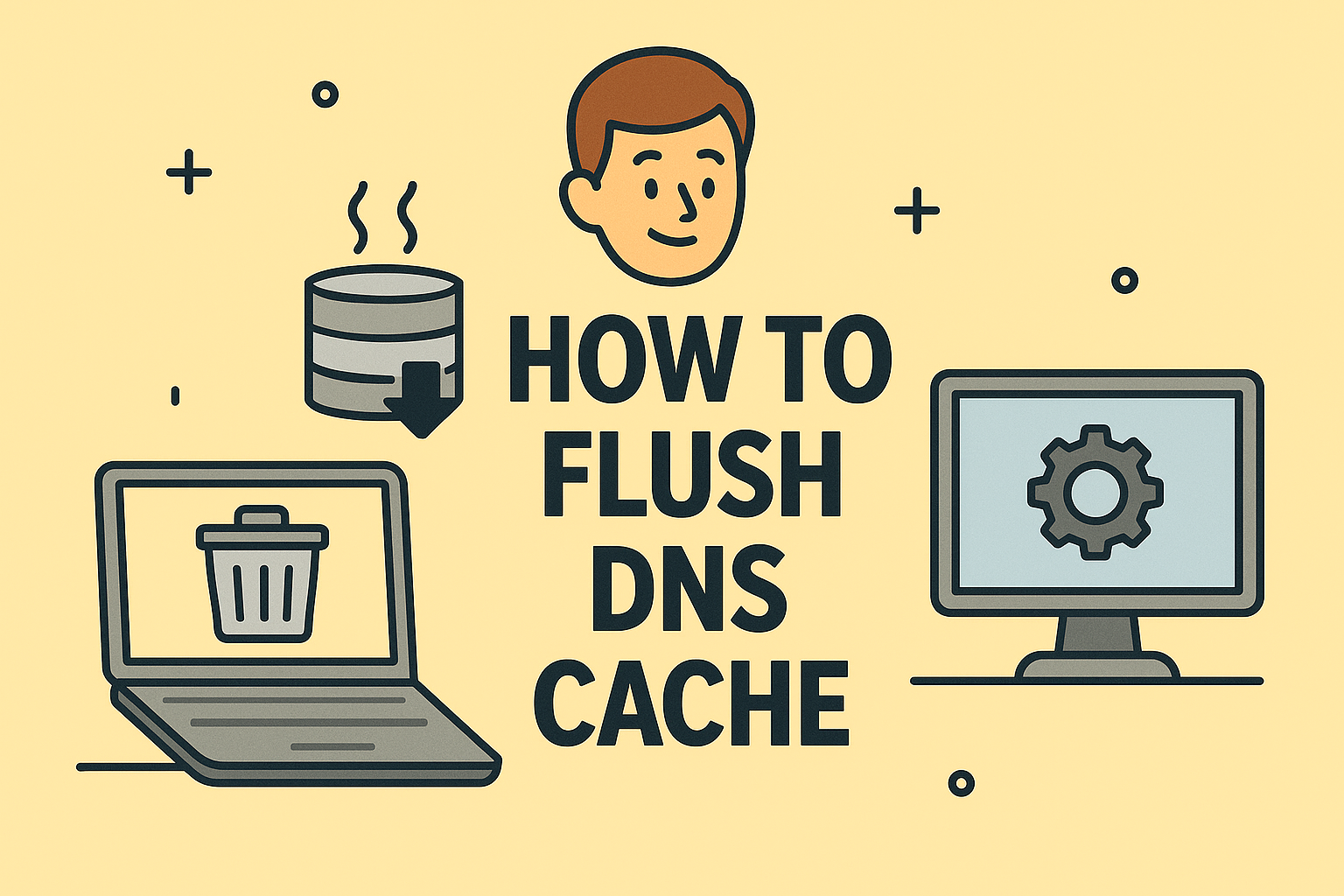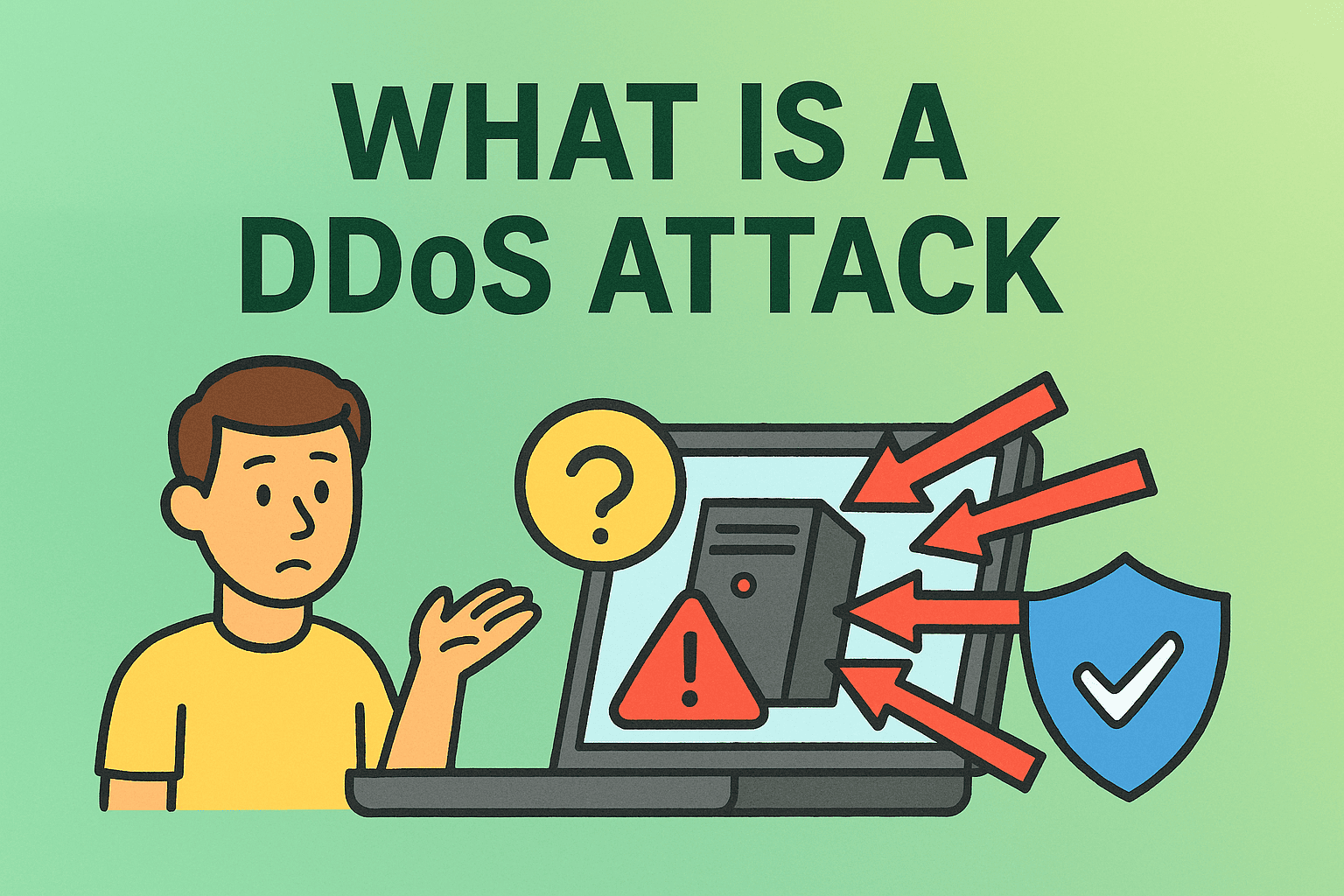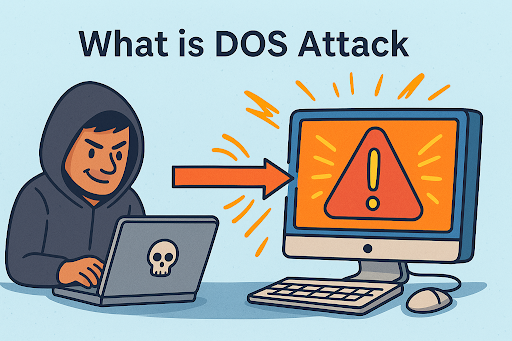Mastering Linux: Deleting Folders Safely and Efficiently
Updated on August 25, 2025, by ITarian
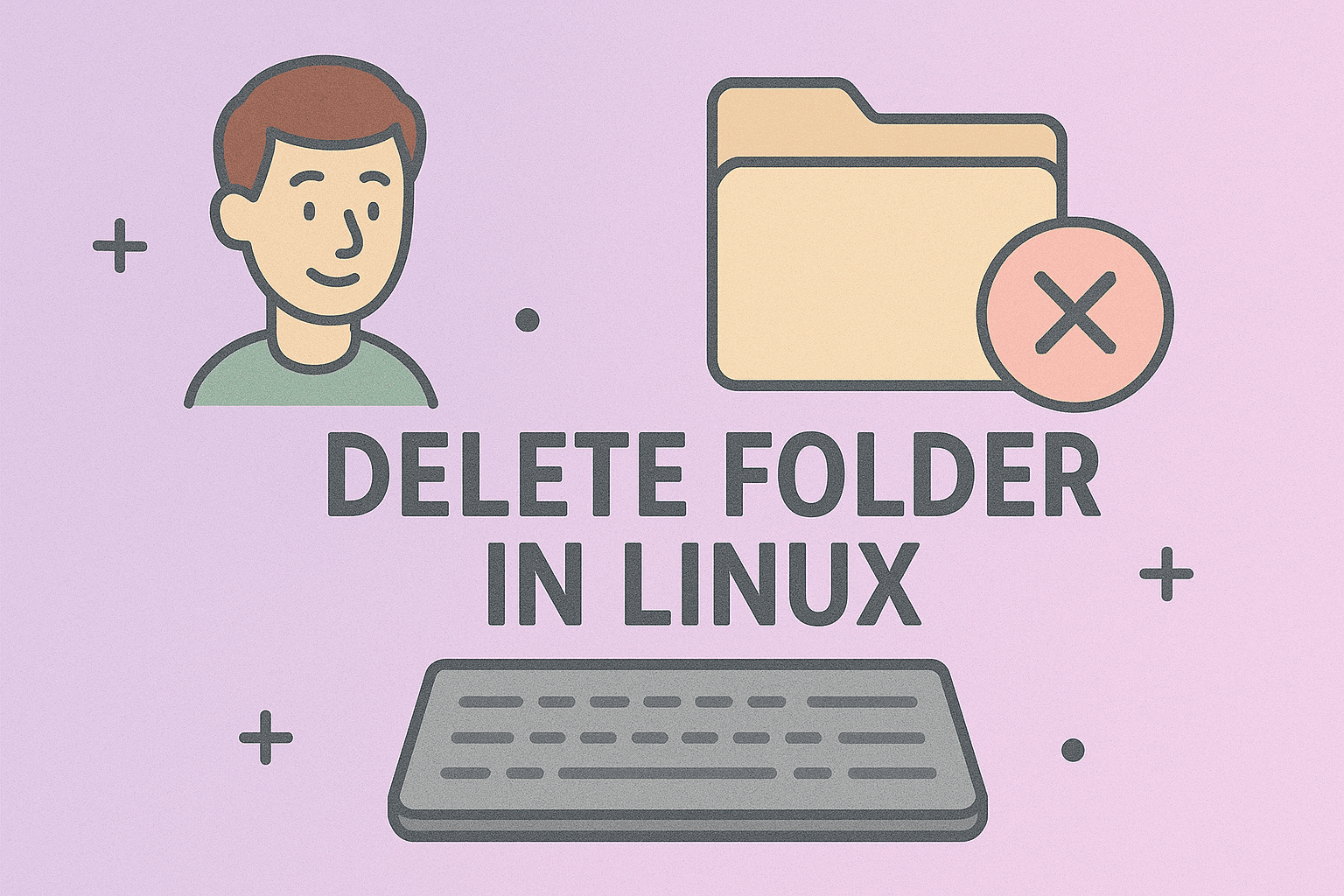
Have you ever been stuck with an unnecessary or stubborn folder that you just can’t seem to remove in Linux? Whether you’re managing personal files, running an enterprise server, or working in cybersecurity, knowing how to delete folder Linux is an essential skill. File and folder management lies at the heart of system administration, and deleting directories properly ensures a cleaner, more organized system.
In this article, we’ll dive into the different ways to delete folders in Linux, explore terminal commands, and highlight best practices for IT managers, cybersecurity experts, and professionals in industries where security and efficiency matter most.
Why Knowing How to Delete Folders in Linux Matters
Deleting a folder may sound simple, but in Linux, things can get tricky. Sometimes, you encounter permission errors, symbolic links, or directories filled with subfolders and files. This is especially critical in enterprise environments where:
- Disk space needs careful management.
- Security concerns demand proper removal of sensitive data.
- Automation in IT processes relies on precise command execution.
Understanding commands like rm, rmdir, and advanced flags helps you maintain system efficiency and compliance.
Methods to Delete Folders in Linux
There are multiple ways to delete directories depending on your use case. Below, we’ll explore the most common methods.
1. Using rmdir for Empty Folders
The rmdir command is designed to delete empty directories.
rmdir foldername
If the folder is not empty, Linux will return an error.
- Use when cleaning up temporary empty directories.
- Best for beginner users.
2. Using rm -r for Non-Empty Folders
If the folder contains files or subfolders, use the recursive option (-r):
rm -r foldername
This command removes the directory and everything inside it.
Warning: Be cautious—this action is irreversible.
3. Force Deletion with rm -rf
When encountering stubborn permissions or symbolic links, use:
rm -rf foldername
- -r = recursive
- -f = force delete without prompts
This is a powerful command often used by IT managers and cybersecurity teams for bulk cleanup.
4. Deleting Multiple Folders at Once
You can specify multiple folder names in a single command:
rm -r folder1 folder2 folder3
This helps when cleaning up logs, cache, or batch-generated directories.
5. Using Wildcards to Delete Folders
Linux wildcards (*, ?) make it easy to target groups of directories.
For example:
rm -r folder*
This removes all folders starting with “folder”.
6. Secure Deletion for Sensitive Data
In cybersecurity, simply deleting a folder may not be enough. To prevent data recovery, use:
shred -u filename
or
wipe -r foldername
These tools overwrite data before deletion, enhancing security compliance.
Permissions and Ownership: Why Folders Sometimes Won’t Delete
If you try to delete a folder and see “Permission denied”, it’s likely due to ownership or restricted access.
- Use ls -l to check folder permissions.
- Use sudo to delete system-owned directories:
sudo rm -r foldername
This is particularly common when working with system directories or shared servers.
Best Practices for Deleting Folders in Linux
- Double-Check the Path – Use pwd before deletion to ensure you’re in the right directory.
- List Contents – Run ls foldername to review files before removing.
- Use Dry-Run Mode – With commands like rsync or find -delete, test without actual deletion.
- Backup Important Data – Always keep backups in case of accidental removal.
- Automate Cleanup Scripts – IT managers can schedule directory cleanup with cron jobs.
Advanced Techniques for Professionals
Using find to Delete Specific Directories
find /path/to/search -type d -name “foldername” -exec rm -r {} +
This allows targeted removal of directories across the system.
Deleting Old Folders Based on Time
For security logs or temp data, you may need to delete old folders:
find /var/log -type d -mtime +30 -exec rm -r {} +
This removes directories older than 30 days.
Automating Folder Deletion with Cron Jobs
System administrators can automate folder cleanup:
0 2 * * * rm -rf /tmp/*
This example clears the /tmp folder every night at 2 AM.
Common Errors and Fixes
- Error: Permission denied → Use sudo or check file ownership.
- Error: Directory not empty → Use rm -r instead of rmdir.
- Error: Operation not permitted → The folder may be protected; remount or change permissions.
- Accidental Deletion → Restore from backup or recovery tools if available.
Security Considerations
For IT managers and cybersecurity experts, improper deletion may expose organizations to data recovery risks. Best practices include:
- Always use secure deletion tools for sensitive data.
- Limit sudo access to authorized personnel.
- Use audit logs to track deletion activities.
- Implement data retention policies aligned with compliance standards.
FAQs About Deleting Folders in Linux
Q1: What is the safest way to delete a folder in Linux?
The safest method is rm -r foldername after verifying contents with ls.
Q2: Can I recover a folder after deleting it in Linux?
Not directly. You’ll need recovery tools or backups. Always use caution.
Q3: Why does rmdir not work sometimes?
rmdir only works with empty folders. Use rm -r for non-empty ones.
Q4: How do I securely delete confidential folders?
Use tools like shred or wipe to overwrite data before deletion.
Q5: Can I automate folder deletion?
Yes, using cron jobs or shell scripts for scheduled cleanup.
Conclusion
Learning how to delete folder Linux is more than just running a simple command—it’s about understanding permissions, using the right options, and applying best practices for security and efficiency. For IT managers, cybersecurity professionals, and CEOs overseeing enterprise systems, mastering this skill helps ensure organized file management, better performance, and enhanced data security.
If you’re looking to strengthen your IT management and cybersecurity posture, try Itarian’s IT automation and endpoint security solutions today.

